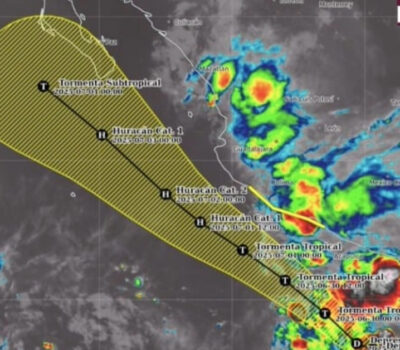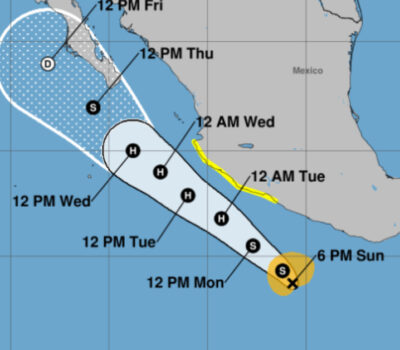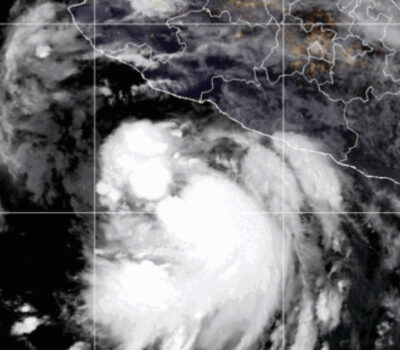Both apartments look similar in dimensions. Both have one bedroom, one bathroom, minimalist design, and large windows overlooking a vibrant cosmopolitan city.
But there are also a couple of differences: the rent of one costs $5,500 dollars a month and that of the other, $1,300 dollars; the first is a few blocks from Central Park, in New York, and the second, in Parque México, in La Condesa.
For someone with an income of $10,000 a month, like many of those who work in the software industry, the quality of life between New York and Mexico City can be similar, but it could be even better in the latter because the purchasing power increases and that triggered the arrival of foreigners to live in Mexico and they spread the good news to friends, family, and on social media. The trend could be just beginning.
In the past decade, Mexico has become the top nation for American digital workers to move to, a trend that intensified during the pandemic.
The cost of renting or buying housing, as well as food and services, are cheaper, so Mexico becomes affordable for foreigners.
According to data from the last INEGI census, in 2010 there were just over 738,000 Americans living in Mexico.
A decade later, in 2019, the Mexican authorities reported 780,000 Americans living in Mexico, and according to the US State Department, during the pandemic, there are 1.7 million workers who do home office in Mexico, that is, a little more than double.
“They are a plague”… “Don’t come”… are some things you would expect Americans to be saying about Mexican migrants seeking to move to the United States, but it’s the signs posted at workplaces around Mexico protesting the arrival of digital nomads.
Mexico has long been a magnet for Americans. Before, they were bohemians, retirees, or people wanting to start over or find new meaning in their lives.
Now, however, it is more of an economic refuge in the face of the escalation that is taking place in the United States, but the advantage for the Americans is that they can work remotely and see their situation improve substantially, although to the detriment of Mexicans, who earn their salary in pesos, and not very much.
Most Americans have settled in areas like Puerto Vallarta or the trendy areas of Mexico City, like Condesa, Roma, and Juárez neighborhoods; or areas of Coyoacán, where rents and the cost of living have risen due to the arrival of Americans with more money to spend than the Mexican people.
These digital nomads generate billions of dollars in local economies where they live in Mexico, spending that money in local shops, restaurants, and service providers, creating more jobs. The double-edged sword of Americans migrating to Mexico has become a controversial topic in Mexican circles.
In 2019, the Mexican authorities reported 780,000 Americans living in Mexico, and according to the US State Department, during the pandemic, there are 1 . . .












